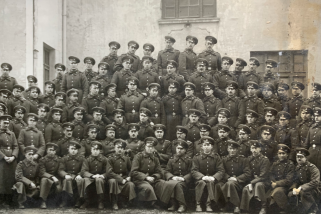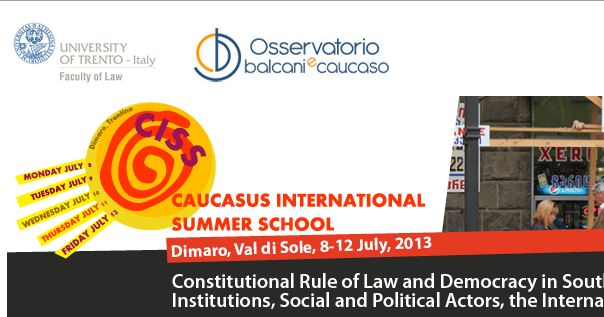 BY–PASSING PERIPHERY: SOUTH–EASTERN EUROPEAN ECONOMY AND ITS CONVERGENCES TO THE CORE. ROUTES AND GOODS, ACTORS AND FACTORS
BY–PASSING PERIPHERY: SOUTH–EASTERN EUROPEAN ECONOMY AND ITS CONVERGENCES TO THE CORE. ROUTES AND GOODS, ACTORS AND FACTORS
(16th–19th CENTURIES)
A History International Colloquium at Lower Danube University of Galaţi, Romania
18–20 October 2012
During the early modern and modern age, significant political, economic, national or technological mutations completely transformed the structure, direction and organisation of European trade. The Mediterranean world faced the competition of the West on an emerging global market that challenged the traditional commercial ingredients, instruments and recipes that merchants employed. Nevertheless, the South–Eastern part of the continent remained in the periphery of this new economic map, with its links to the core strangulated and suffocated by the political and juridical status of the Lower Danubian area and the Black Sea region. This classical historiographic perspective has been refuted by scholars trying to prove that the closing of the Straits was rather relative and that the Ottoman economic control was not extremely restrictive. The maritime routes connecting the Romanian Principalities to the Eastern Mediterranean could be used in disguise, by Greek merchants or other Ottoman subjects who employed Constantinople as a relay in these exchanges on the East–West axis. In the same time, terrestrial routes across the Balkans or towards the Austrian Empire secured good and reliable links to the global market.
Aim: Starting from these theoretical premises, the conference aims to bring together scholars whose work relate to the economic history of South–Eastern Europe and its convergences to the world market across the whole of the early modern and modern period (16th–19th centuries).












